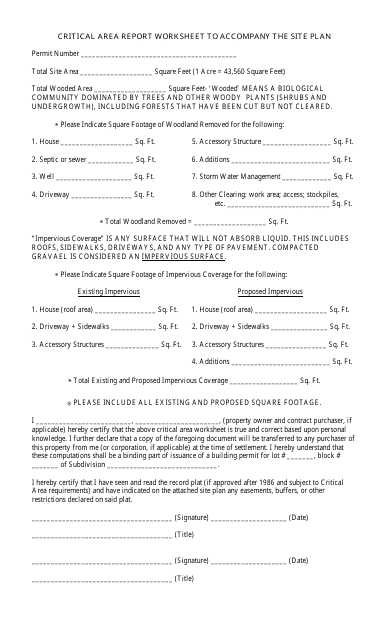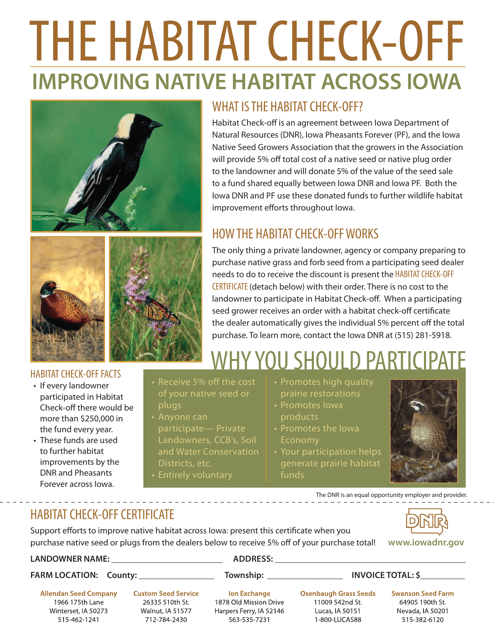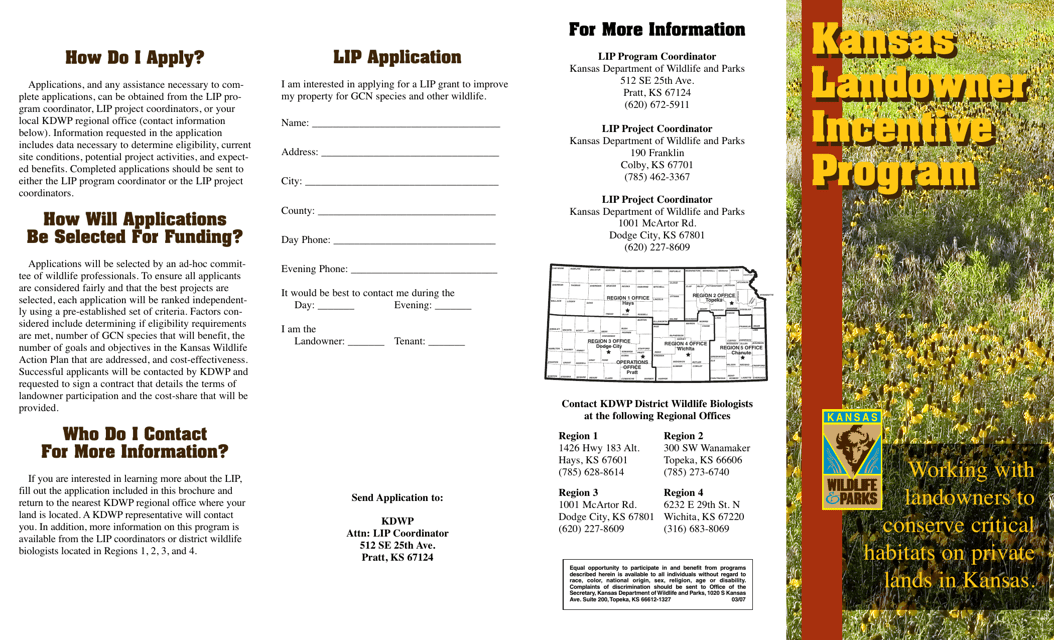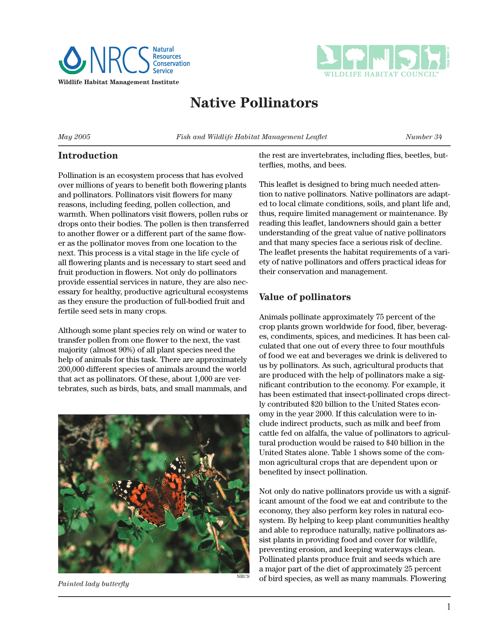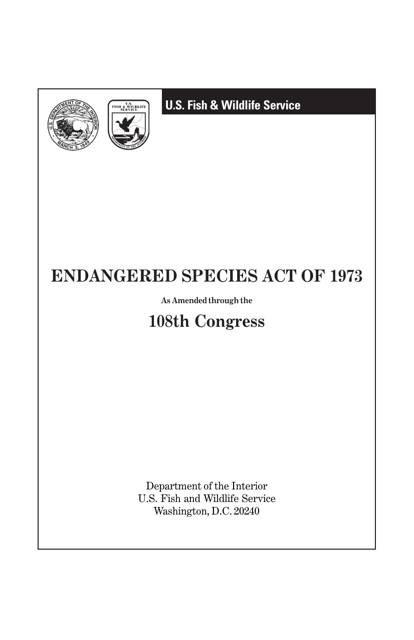Habitat Preservation Templates
Welcome to our Habitat Preservation page, where we focus on protecting and preserving the natural habitats of various wildlife species. Our goal is to ensure the continuation and well-being of diverse ecosystems across the United States, Canada, and other countries.
Through initiatives such as the Habitat Check-Off Certificate, we provide individuals with an opportunity to contribute to habitat preservation efforts. By voluntarily contributing funds, you can directly support projects aimed at conserving and restoring wildlife habitats in Iowa and beyond.
Another program we offer is the Landowner Incentive Program (LIP), which provides financial incentives to landowners who implement conservation practices on their properties in Kansas. These practices enhance and maintain critical habitats for a wide range of wildlife species.
We also recognize the vital role of pollinators in maintaining healthy ecosystems. Our Fish and Wildlife Habitat Management Leaflet Number 34 focuses specifically on native pollinators, providing guidance on how to create and maintain pollinator-friendly habitats. It offers valuable information on the plants that attract and support native pollinators, enabling individuals to contribute to their preservation.
In accordance with our commitment to preserving endangered species and their habitats, we adhere to the Endangered Species Act of 1973. This legislation, as amended through the 108th Congress, safeguards endangered and threatened species and their critical habitats. It provides the framework for assessing and addressing the conservation needs of these species to ensure their survival and recovery.
For individuals or organizations seeking to engage in activities that may impact natural habitats, we have the Natural Resources Protection Act Permit. This permit, applicable in Maine and similar regions, ensures that proposed activities undergo a thorough evaluation to minimize any adverse impacts on habitats and wildlife.
At Habitat Preservation, we strive to empower individuals, landowners, and communities to actively participate in the conservation and preservation of vital habitats. Together, we can make a significant difference in safeguarding the biodiversity and ecological balance of our precious natural spaces.
Documents:
6
This document is used for preparing a critical area report worksheet that accompanies a site plan. It helps identify and assess the potential impacts of a proposed development on environmentally sensitive areas.
This document certifies that a habitat check-off contribution has been made in the state of Iowa. It helps support conservation efforts and protect wildlife habitats in Iowa.
This type of document is an application form for the Landowner Incentive Program (LIP) in Kansas. The LIP is a program that provides incentives to landowners for conserving and managing wildlife habitats on their property.
This document provides information on fish and wildlife habitat management for native pollinators.
This document describes the Endangered Species Act of 1973, which aims to protect and preserve endangered species in the United States. It provides important information about the act as amended through the 108th Congress.

